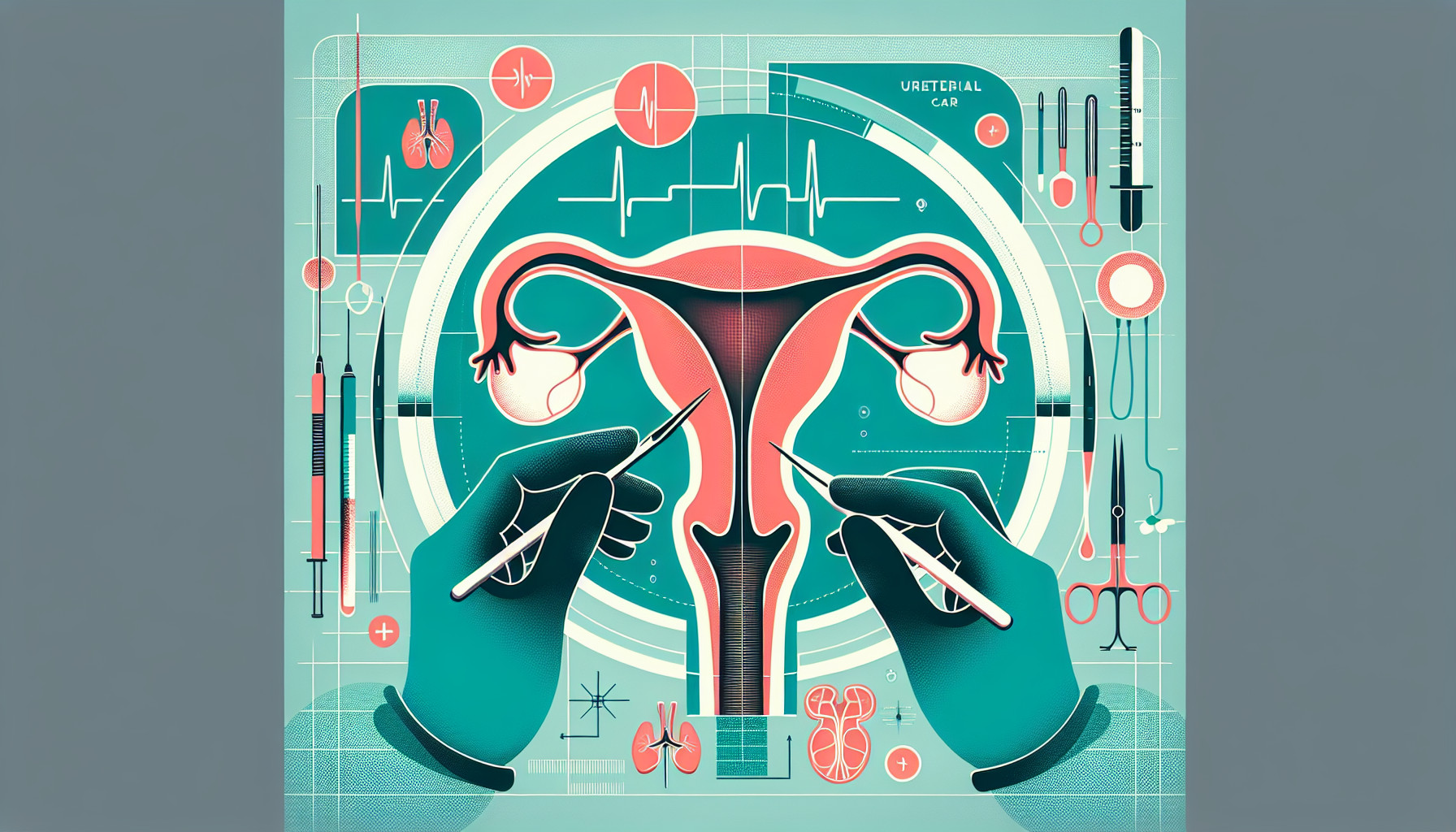Our Summary
The da Vinci robotic system has made it easier for surgeons to perform complex reconstructive procedures on children with less invasive methods. One of these procedures is robot-assisted laparoscopic ureteral reimplantation (RALUR), used to treat a condition called vesicoureteral reflux (VUR) in children. VUR is a condition where urine flows backward from the bladder into the kidneys, which can lead to kidney damage.
However, some medical centers have reported higher-than-expected complications and less successful treatment of the reflux than anticipated. These varying results could be due to the underestimated complexity of the RALUR procedure, especially for surgeons new to using the robotic system.
At present, there’s no agreement on the role of RALUR in treating VUR. The current preferred method is open ureteral reimplantation, which has high success rates and low major complication rates. However, just as robot-assisted laparoscopic surgery has gradually become the most common method for prostatectomy in prostate cancer patients, RALUR may become a more frequently used option for children with VUR.
This will potentially happen if standardized surgical techniques associated with good outcomes are adopted more widely in the second decade of RALUR use. If high success rates and low major complication rates can be achieved widely, RALUR might become the new standard for children with VUR, just like robot-assisted laparoscopic radical prostatectomy has become the new standard for men with prostate cancer.
FAQs
- What is the da Vinci robotic system and how is it used in pediatric surgery?
- Why have some medical centers reported higher-than-expected complications with RALUR?
- Could RALUR potentially become the new standard treatment for children with VUR?
Doctor’s Tip
One helpful tip a doctor might tell a patient about ureteral reimplantation is to discuss all available options with your healthcare provider and ask about the potential risks and benefits of each approach. It’s important to make an informed decision based on your individual circumstances and preferences. Additionally, following your doctor’s post-operative instructions and attending all recommended follow-up appointments can help ensure a successful outcome.
Suitable For
Patients who are typically recommended ureteral reimplantation, whether open or robot-assisted, are those with vesicoureteral reflux (VUR) that is causing kidney damage or recurrent urinary tract infections. Children with high-grade reflux, persistent reflux despite medical management, or those at risk for renal scarring are often candidates for ureteral reimplantation. The decision to recommend this surgery is made on a case-by-case basis by a pediatric urologist or surgeon after evaluating the patient’s specific condition and medical history.
Timeline
Before ureteral reimplantation:
- The patient is diagnosed with vesicoureteral reflux (VUR) through tests such as a voiding cystourethrogram (VCUG) or a renal ultrasound.
- The patient may experience recurrent urinary tract infections, kidney damage, or other symptoms related to VUR.
- The patient and their family discuss treatment options with their healthcare provider, including ureteral reimplantation as a surgical option.
After ureteral reimplantation:
- The patient undergoes preoperative preparation, including medical evaluations and imaging tests.
- The patient undergoes robot-assisted laparoscopic ureteral reimplantation (RALUR) using the da Vinci robotic system.
- The patient may experience a shorter hospital stay, less pain, and faster recovery compared to traditional open surgery.
- The patient is monitored for postoperative complications and follows up with their healthcare provider for long-term care and monitoring of VUR.
What to Ask Your Doctor
- What is ureteral reimplantation and how does it treat vesicoureteral reflux (VUR)?
- What are the potential risks and complications associated with ureteral reimplantation?
- How experienced are you in performing robot-assisted laparoscopic ureteral reimplantation (RALUR)?
- What are the success rates of RALUR compared to open ureteral reimplantation for treating VUR?
- What is the recovery process like after RALUR surgery?
- How long will it take for my child to fully recover and return to normal activities after RALUR surgery?
- Are there any long-term effects or considerations to keep in mind after undergoing RALUR surgery?
- Are there any alternative treatment options for VUR that we should consider?
- How often will my child need follow-up appointments or monitoring after RALUR surgery?
- Can you provide any information or resources on support groups or organizations for children with VUR or who have undergone RALUR surgery?
Reference
Authors: Baek M, Koh CJ. Journal: Investig Clin Urol. 2017 Jan;58(1):3-11. doi: 10.4111/icu.2017.58.1.3. Epub 2017 Jan 9. PMID: 28097262
